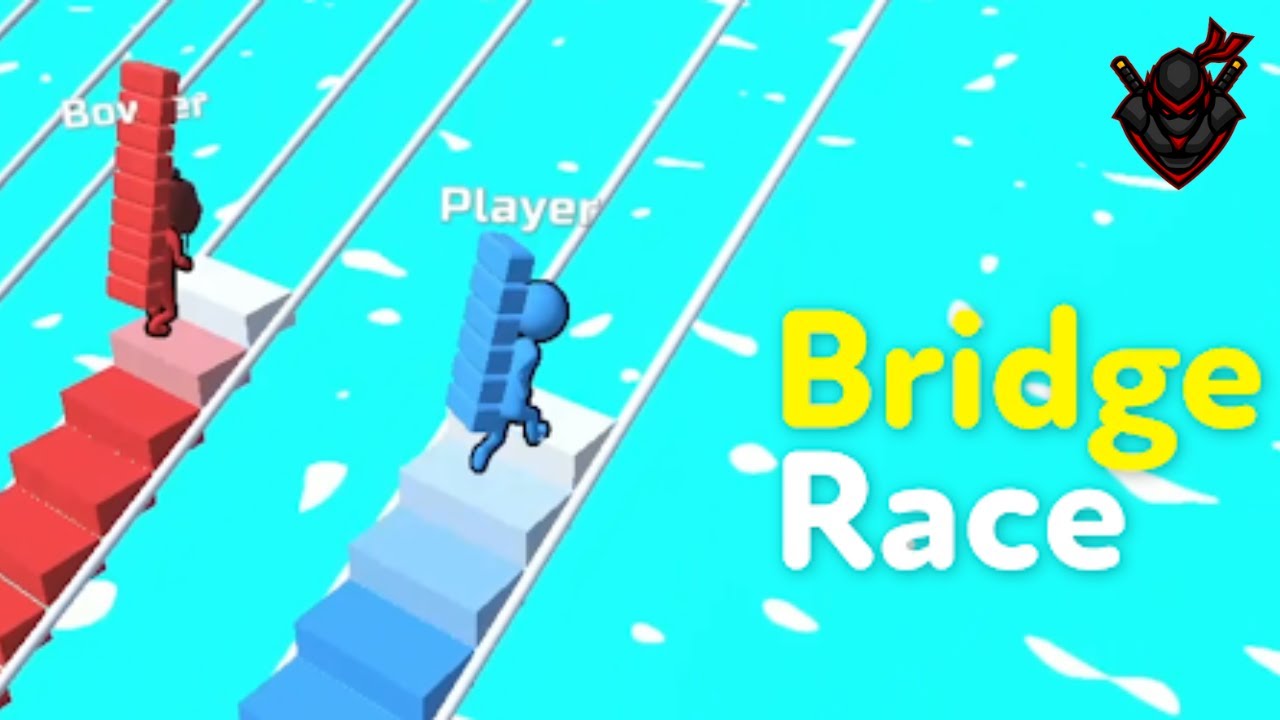Introduction
Fire Emblem: Three Houses is a critically acclaimed tactical role-playing game (TRPG) developed by Intelligent Systems and Koei Tecmo, and published by Nintendo. Released in 2019 for the Nintendo Switch, this game marks the sixteenth entry in the beloved Fire Emblem series. Known for its intricate storytelling, deep character development, and strategic gameplay, Three Houses brings a fresh take to the long-running franchise by incorporating a blend of school life simulation and tactical combat. It’s not only one of the best Fire Emblem games but also one of the best strategy games of its generation.
In this article, we’ll explore the plot, gameplay mechanics, characters, and the impact of Fire Emblem: Three Houses, while uncovering why it stands out in the RPG and tactical strategy genre.
The Story and World of Fódlan
The Three Nations of Fódlan
Fire Emblem: Three Houses takes place on the continent of Fódlan, a land divided into three powerful nations: the Adrestian Empire, the Holy Kingdom of Faerghus, and the Leicester Alliance. These nations are connected through the Garreg Mach Monastery, a neutral institution where the elite are trained in both combat and academia.
As the player, you take on the role of Byleth, a former mercenary who becomes a professor at the monastery. Early in the game, you’re asked to choose one of the three houses to lead and instruct: the Black Eagles, the Blue Lions, or the Golden Deer. Your choice profoundly affects the narrative, as each house has its own leaders, students, and unique storyline.
Choice-Driven Narrative
One of the standout features of Fire Emblem: Three Houses is its choice-driven narrative. The game’s story diverges depending on which house you choose, and your decisions during the game influence not only the plot but also the fates of various characters. Each house leader—Edelgard (Black Eagles), Dimitri (Blue Lions), and Claude (Golden Deer)—has their own ambitions and ideals, shaping the conflicts and alliances throughout the story.
The game is divided into two parts: school life and warfare. In the first half, you’ll build relationships with students, train them in various combat roles, and experience the more peaceful side of Garreg Mach Monastery. However, in the second half, the game shifts to a darker tone, as the characters find themselves embroiled in a war that threatens to tear the continent apart.
Tactical Combat and Deep Customization
Turn-Based Strategy at Its Best
The core gameplay of Fire Emblem: Three Houses revolves around tactical, turn-based combat. Players control a team of units, each with their own class, skills, and abilities, across grid-based battlefields. The key to success lies in positioning, utilizing terrain, and exploiting the weapon triangle (swords, lances, and axes) to gain the upper hand.
Combat encounters range from small skirmishes to massive, multi-phase battles that require careful planning. As the leader of your house, you’ll have to think several steps ahead, accounting for the strengths and weaknesses of your units as well as enemy forces. The game also introduces new mechanics, such as Battalions and Gambits, which allow players to deploy large groups of soldiers for powerful area-of-effect attacks, adding another layer of strategy to combat.
Character Classes and Promotions
One of the most beloved aspects of the Fire Emblem series is its character class system, and Three Houses takes this to new heights. As a professor, Byleth is responsible for training students and helping them develop their skills in various disciplines, such as swordsmanship, magic, archery, and more.
Each character can be promoted into different classes based on their skill levels and certifications. For example, a student might begin as a Myrmidon but can be promoted to advanced classes like Swordmaster or even Mortal Savant if they meet certain requirements. The class system allows for deep customization, as players can tailor their units to suit different combat roles. Whether you want a magic-wielding knight or an archer who doubles as a healer, the possibilities are nearly endless.
The Importance of Permadeath
Fire Emblem is well known for its permadeath mechanic, where fallen units are lost for good. While Fire Emblem: Three Houses gives players the option to turn off permadeath (in Casual Mode), playing in Classic Mode creates a higher level of tension and stakes. Every decision matters, and a single misstep could result in the permanent loss of a favorite character.
To alleviate some of the stress, the game introduces the Divine Pulse mechanic, allowing players to rewind time a limited number of times per battle. This feature encourages players to take risks and experiment with different tactics without the fear of losing progress.
School Life Simulation and Relationship Building
Time Management at Garreg Mach Monastery
Fire Emblem: Three Houses isn’t just about combat; it also incorporates life simulation elements, as Byleth must manage their time effectively while teaching at the monastery. During the first half of the game, players have the freedom to explore Garreg Mach, interact with students and faculty, and participate in a variety of activities like fishing, gardening, and even cooking meals for the students.
Time management plays a crucial role, as players must balance their time between activities like lecturing, holding seminars, and training students in combat skills. Each week, players are given the opportunity to bond with students, further develop their abilities, and unlock special story events. The choices you make during this time can significantly impact your relationships with your students and their effectiveness in battle.
The Importance of Support Conversations
One of the most rewarding aspects of Fire Emblem: Three Houses is its Support system, which allows players to develop deeper relationships with their students and other characters. As Byleth spends time with their students, they can unlock Support Conversations—heartfelt, personal dialogues that reveal more about each character’s background, motivations, and personal struggles.
These Support Conversations not only enrich the story but also provide gameplay benefits. Units with higher support levels gain bonuses when fighting together, such as increased hit rates, critical chances, and the ability to protect each other in battle. Additionally, support ranks can unlock special endings for certain characters, further encouraging players to invest in building strong relationships.
Visual Style and Presentation
Anime-Inspired Art and Animation
Fire Emblem: Three Houses is renowned for its stunning anime-inspired art style, which brings the characters and world of Fódlan to life. The character designs, created by Chinatsu Kurahana, are vibrant and memorable, giving each character a distinct look and personality. The game’s cutscenes are fully animated, further enhancing the emotional impact of key moments in the story.
Music and Atmosphere
The music of Fire Emblem: Three Houses, composed by Takeru Kanazaki, Hiroki Morishita, and Rei Kondoh, is another highlight of the game. The soundtrack masterfully blends orchestral pieces with more modern elements, creating a dynamic and immersive atmosphere. Memorable tracks like “Fódlan Winds” and “The Edge of Dawn” add to the emotional weight of the story and enhance the intensity of battle.
The House Leaders: Edelgard, Dimitri, and Claude
Edelgard: The Ambitious Emperor
Edelgard von Hresvelg, the leader of the Black Eagles, is a complex character whose ideals revolve around breaking down the rigid class system of Fódlan. Her path is filled with ambition and difficult moral choices. As a player, leading the Black Eagles offers one of the most intriguing and morally ambiguous stories in the game.
Dimitri: The Tragic Prince
Dimitri Alexandre Blaiddyd, the leader of the Blue Lions, offers a deeply emotional and tragic storyline. His character development is among the most profound in Fire Emblem: Three Houses, as his path explores themes of revenge, loss, and redemption. Players who choose the Blue Lions will witness the darker side of war and leadership.
Claude: The Master Tactician
Claude von Riegan, the leader of the Golden Deer, takes a more lighthearted yet intellectually curious approach to the conflict in Fódlan. His storyline focuses on uncovering the hidden truths of the continent, making the Golden Deer route a perfect choice for players interested in the mysteries of Fódlan’s history and lore.
DLC and Expansions: Cindered Shadows
In addition to the main game, Fire Emblem: Three Houses received a major DLC expansion called Cindered Shadows, which introduced a fourth house known as the Ashen Wolves. This expansion adds new characters, classes, and a separate story campaign, further expanding the rich lore and content of the game.
Conclusion
Fire Emblem: Three Houses is a standout title in the tactical role-playing genre, combining deep strategic combat with a rich, choice-driven narrative. Its compelling characters, intricate storylines, and seamless blend of school life simulation and warfare make it an unforgettable experience for fans of RPGs and strategy games alike. Whether you’re drawn to the tactical battles, the emotional character development, or the moral choices that shape the fate of Fódlan, Fire Emblem: Three Houses offers something for every player.


